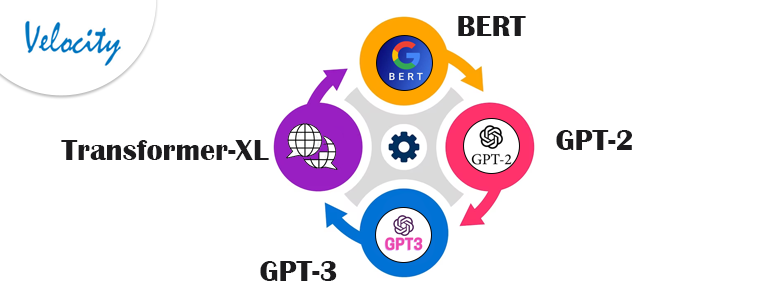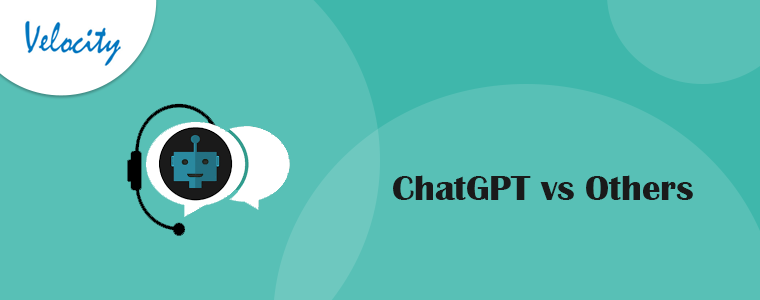Artificial intelligence has revolutionized the way we interact with machines and has become an essential part of our daily lives. One of the most exciting and impactful applications of AI is language processing. In recent years, various AI language models have been developed, such as BERT, GPT-2, GPT-3, Transformer-XL, and ChatGPT. These models have achieved remarkable success in natural language processing (NLP) and have various applications in fields such as chatbots, content generation, and language translation.
In this article, we will provide a comprehensive comparison between ChatGPT and other AI language models in terms of their capabilities, features, and limitations. We will also discuss their applications and limitations.
1. BERT:
Google’s Bidirectional Encoder Representations from Transformers, commonly known as BERT, is an AI-powered language model that has been created to interpret the context and significance of words used in a sentence. It has achieved state-of-the-art results on various natural language processing tasks such as question-answering, sentiment analysis, and text classification. BERT uses a bidirectional transformer encoder architecture, which means that it can read text in both directions, left-to-right and right-to-left. This feature helps BERT to understand the context of words in a sentence better.
2. GPT-2:
GPT-2 is a highly advanced language model developed by OpenAI. It has a much larger number of parameters than its predecessor GPT-1. Furthermore, GPT-2 is capable of generating high-quality text across a wide range of topics. Text classification, summarization, and dialogue generation are among the various applications for which it has been used. However, it is not open-sourced, and access is limited to researchers and developers.
3. GPT-3:
GPT-3 is the latest and most advanced language model developed by OpenAI. It can generate human-like language across a wide range of topics and styles. GPT-3 achieved remarkable results in various natural language processing tasks, and people are using it for applications such as language translation, chatbots, and content generation. However, it requires a large number of computational resources, and access is limited to selected researchers and developers.
4. Transformer-XL:
Transformer-XL is an extension of the transformer-based language model. It is designed to overcome the limitation of sequence length in language modeling. Transformer-XL has the ability to establish long-term connections in textual data, which makes it appropriate for tasks such as language translation, summarization, and dialogue creation. Nevertheless, its usage necessitates a significant amount of computing power, and its text generation speed is comparatively slow.
ChatGPT vs Others:
When it comes to ChatGPT, it is an advanced language model that is capable of generating high-quality text across a wide range of topics.
One of the major advantages of ChatGPT is its open-source availability, which means that anyone can access and use it for their projects. It has a moderate number of parameters, which makes it suitable for various natural language processing tasks. ChatGPT has also been fine-tuned on several datasets, making it more robust and effective in generating text.
However, like all language models, ChatGPT also has its limitations. Ability to generate biased language, which can be a problem in applications such as chatbots and content generation. It is one of the major limitations of ChatGPT Additionally, ChatGPT may not be suitable for tasks that require a deeper understanding of languages, such as question-answering and sentiment analysis.
Conclusion:
In conclusion, the ChatGPT model is a powerful tool for various natural language processing applications. Although its capabilities may not match those of more advanced models, such as GPT-3, ChatGPT still possesses the sophistication and versatility to generate top-notch language across a wide range of topics and produce excellent text on various subjects. Its open-source availability and faster inference time make it a popular choice among developers and researchers.
However, in case you are having queries or suggestions, we will be more than happy to find you at our official email address [email protected].










